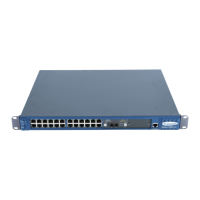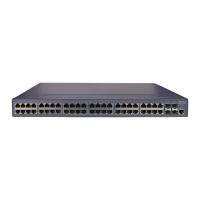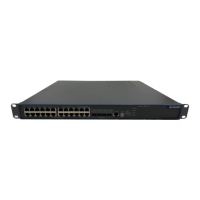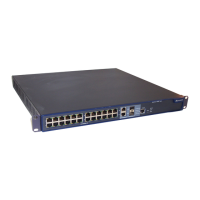Operation Manual – Routing Protocol
Quidway S3900 Series Ethernet Switches-Release 1510 Chapter 4 OSPF Configuration
Huawei Technologies Proprietary
4-11
AS. A common practice is to set the router ID to the IP address of an interface on the
router.
z Enabling OSPF
VRP (versatile routing platform) supports multiple OSPF processes. To enable
multiple OSPF processes on a router, you need to specify different process IDs.
OSPF process ID is only locally significant; it does not affect the packet exchange
between an OSPF process and other routers. Therefore, packets can be exchanged
between routers with different OSPF processes IDs.
z Configuring an area and the network segments in the area. You need to plan
areas in an AS before performing the corresponding configurations on each
router.
When configuring the routers in the same area, please note that most configurations
should be uniformly made based on the area. Wrong configuration may disable
information transmission between neighboring routers and even lead to congestion or
self-loop of routing information.
Table 4-2 Basic OSPF configuration
Operation Command Description
Enter system view
system-view
—
Configure the router ID
router id router-id
Optional
If multiple OSPF
processes run on a
router, you are
recommended to use
the router-id keyword
in the following
command to specify
different router IDs for
different processes.
Enable OSPF and enter OSPF
view
ospf [ process-id
[ router-id router-id ] ]
Required
Enter OSPF view.
Enter OSPF area view
area area-id
Required
Configure the network segments
in the area
network address
wildcard-mask
Required
By default, an interface
does not belong to any
area.

